Research Interests
Protein Folding & Conformational Free Energy - In Vitro Studies

Fluorescence Emission
Circular Dichrosim


Conformational Free Energy estimation from data fitting
Mass Spectrometry

MALDI-TOF

Limited trypsin proteolysis with mass spec used to map regions that are less stable

LC MS/MS
Molecular Dynamics Simulations, Free energy landscapes and Network Analysis
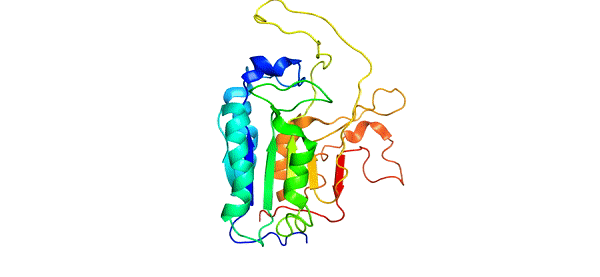
MD Simulations in Urea depicting unfolding of caspase-8

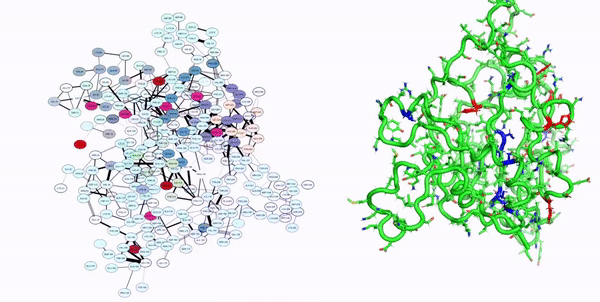
Network analysis
Free Energy landscape generated in MATLAB after simulations
FPLC, Titrations, Activity assays and Quenching studies

Fast protein liquid chromatography


pH titrations and pKa estimation

Activity assays
Quenching studies followed by Ksv estimation
Ancestral Protein Reconstruction

Resurrection of 650 million year
old ancestral caspase scaffold followed by biochemical characterization
I'm currently a graduate student at the University of Texas at Arlington.
To begin, we utilize caspases as a model system to comprehend the principles of molecular evolution in the design of extant proteins. Second, caspases play a crucial part in the apoptosis and inflammatory processes. Caspase dysregulation has been linked to cancer, autoimmune diseases, and neurodegenerative disorders.
We use biophysical, computational, and evolutionary studies to better understand allosteric conformational transitions. These studies are critical in developing effective therapeutics for chronic diseases characterized by caspase dysregulation, such as Alzheimer's, diabetes, and cancer.

Free energy landscape of caspases
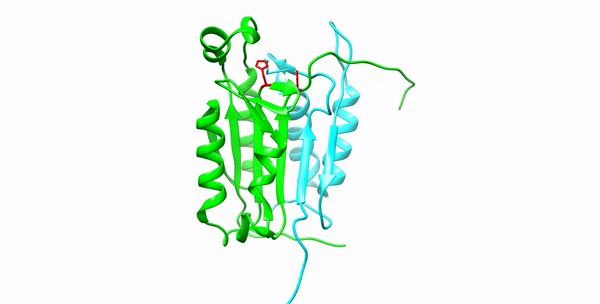
3kjq crystal structure of caspase 8 showing the typical caspase-hemoglobinase fold with the large subunit in green and the small subunit in cyan, the active cysteine and histidine catalytic dyad are shown as red sticks
Animations to disseminate scientific information
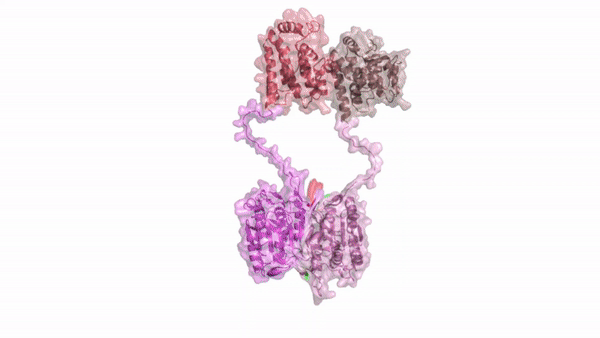
Dimerization of initiator caspases, activation, and subsequent activation of executioner caspases are illustrated as animations using adobe animate and adobe premier pro
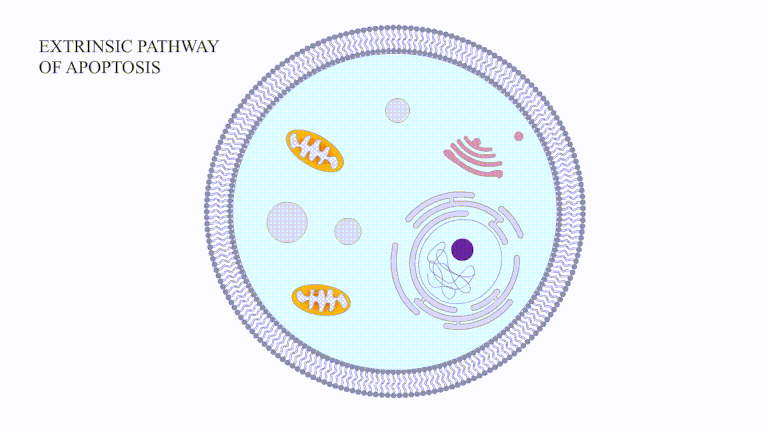
Extrinsic Pathway of apoptosis: cartoon representation (adobe illustrator) was animated using adobe animate and adobe premier pro
Scientific animations are essential for disseminating scientific information because they provide a visual depiction of complicated concepts, make knowledge more accessible, interest the audience, show experiments and techniques, and are easily shareable across multiple platforms. I am therefore compelled to make animations utilizing MD simulations, platforms, and Adobe apps to bring molecules to life and enlighten others about our discoveries.
The Importance of Art in Molecular Biology
Art is essential to molecular biology because it can generate accurate and engaging visual aids for communication and comprehension. Scientific illustration and three-dimensional modeling can be used to illustrate complex systems and communicate discoveries to a larger audience. I am passionate about making artwork and cartoons to illustrate research findings.

In this picture, the last simulation frame for caspase-8 in urea is displayed inside the circles, with each circle indicating a distinct situation. The circles with a positive sign indicate a low pH, whereas circles with a negative sign indicate a high pH, and circles without ions indicate a pH of 7.5. Moreover, urea molecules are depicted to demonstrate that the simulations are performed in urea. The small subunit is highlighted in cyan with a glow to indicate that it is less stable than the large subunit, which is displayed in green, and the intersubunit linker is depicted in magenta. Outside the circles in hexagons the monomeric caspase is shown as it matures to the dimeric (uncleaved intersubunit linker) followed by the active conformation. To learn more click on the link below.
Publications
-
Betsaida Bibo-Verdugo, Isha Joglekar, Mithun N. Karadi Giridhar, Monica L. Ramirez, Scott J. Snipas, A. Clay Clark, Marcin Poreba, Guy S. Salvesen, Resurrection of an ancient inflammatory locus reveals switch to caspase-1 specificity on a caspase-4 scaffold,Journal of Biological Chemistry, Volume 298, Issue 6, 2022, 101931, ISSN 0021-9258, https://doi.org/10.1016/j.jbc.2022.101931. (https://www.sciencedirect.com/science/article/pii/S0021925822003714)
-
Mithun Nag, A. C. Clark, Conserved folding landscape of monomeric initiator caspases. Journal of Biological Chemistry, 103075 (2023). (https://www.sciencedirect.com/science/article/pii/S0021925823002077)
YouTube videos
This section contains links to educational content on my YouTube page
Will be adding more content soon addressing research findings



